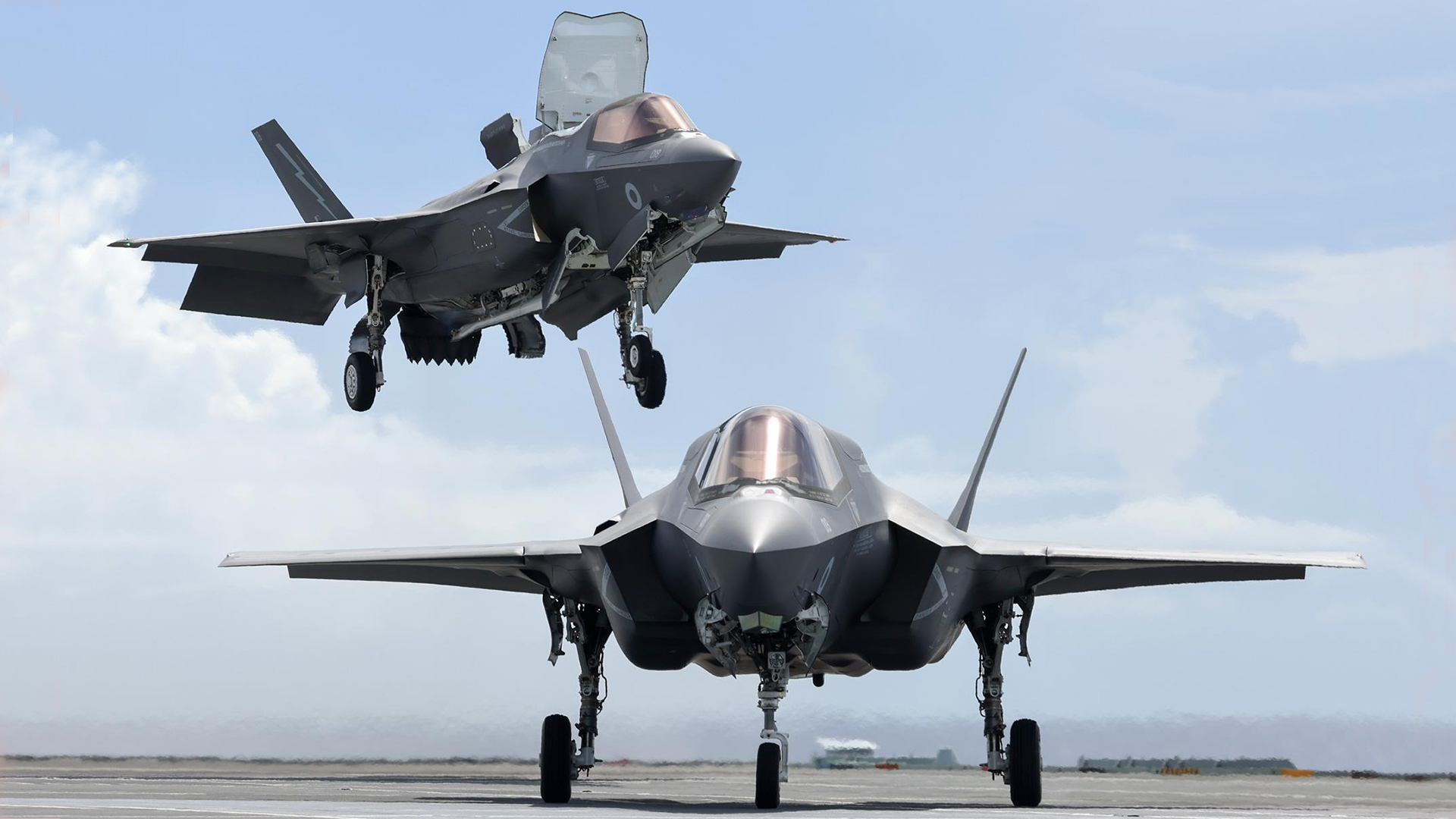British F-35B Joint Strike Fighters, as well as Typhoon FGR4 multi-role fighters, are set to operate from highways in the near future as part of an evolving distributed operations strategy, something that is a fast-growing trend in light of potential Russian aggression in Europe.
While the U.K. Royal Air Force has already begun to expand the options from where it can operate its Typhoons, the announcement that its F-35Bs are also planned to be used from highways is a new development, but one that makes a considerable amount of sense considering the stealth jet’s short takeoff and vertical landing (STOVL) capabilities.
The latest plans were revealed today by Air Marshal Harvey Smyth, the RAF’s air and space commander, during the Global Air and Space Chiefs Conference in London and were first reported by Steve Trimble, Aviation Week’s defense editor and good friend of The War Zone.

Smyth confirmed that the plans call for RAF Typhoons to visit Finland “within a couple of months,” from where they will conduct demonstrations from highway strips. The F-35Bs will do the same, likely from locations in the United Kingdom, sometime in the next 12 months.
Taking the Typhoons to Finland is a logical move, with the Finnish Air Force routinely operating its own F/A-18C/D Hornet fighters from local highways — a practice that dates back to the Cold War — as seen in the video below.

Plans to take RAF F-35Bs onto the road are less advanced, but Smyth said that they would involve placing aluminum AM-2 mats along a strip of highway, up to 1,500 feet long. This will be sufficient for the stealth jets to carry out short takeoffs and vertical landings while protecting the road beneath them. The potential for the F-35B’s hot engine exhaust to cause damage to the surfaces it operates from, when in STOVL mode, is an issue that has come up previously in the program, with the aluminum matting offering an apparent workaround.
The War Zone has in the past looked at how the changing security environment in Europe, especially regarding the resurgent Russian threat, has been driving new operational concepts within the RAF. These included tentative plans to operate its fighter aircraft from highways. Now that concept is indeed being put into practice.
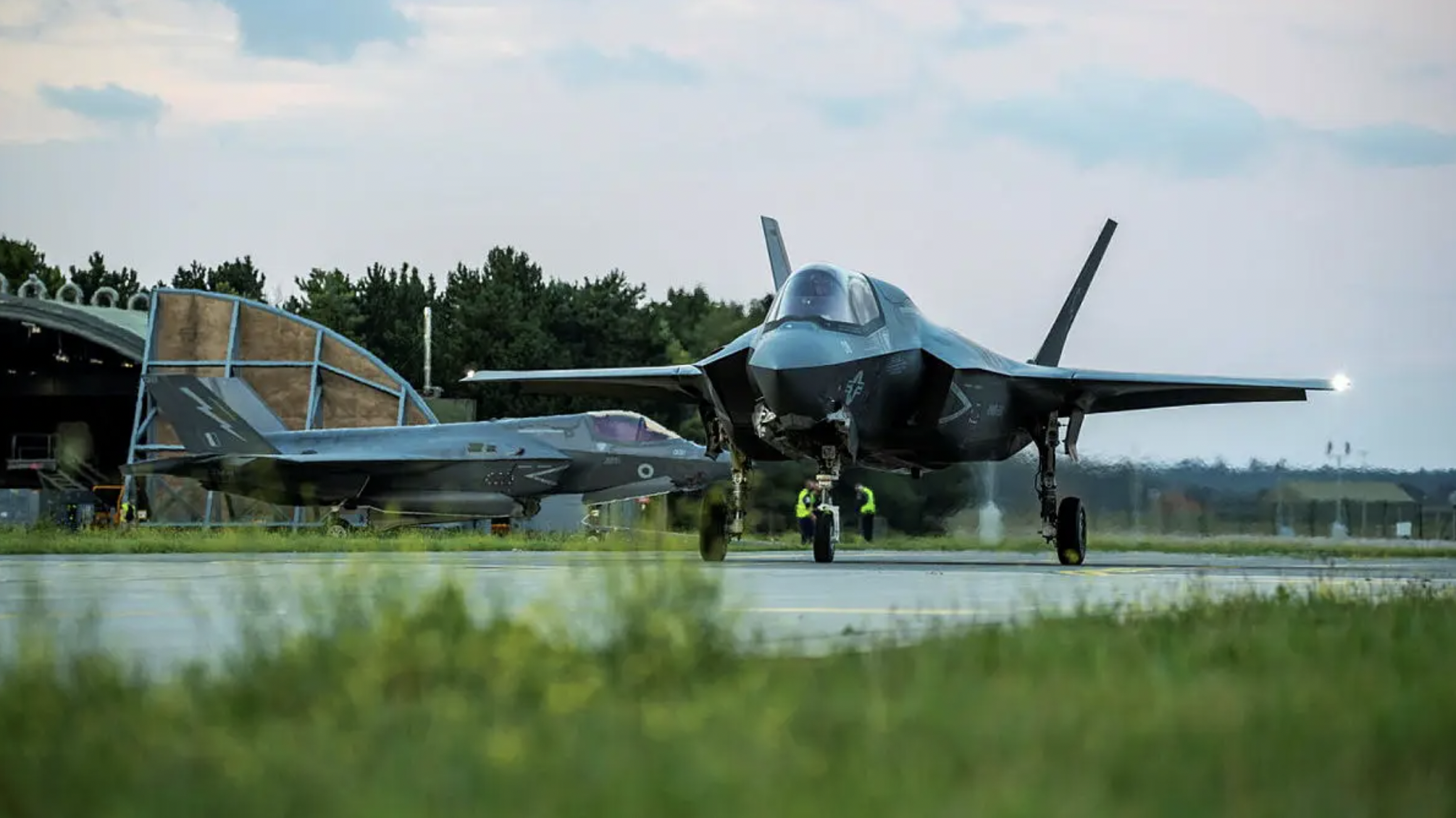
While countries closer to Russia, such as Finland and Sweden have regularly operated fighters from highways, the RAF has not done so since the Cold War, and then only sporadically, on an experimental basis. The exception to the rule was the RAF’s Harrier STOVL jet, for which an entire doctrine was developed based on dispersed operations in Central Europe, for use in a potential conflict with the Warsaw Pact.
Dispersed operations by RAF Harrier GR3s during Exercise Lionheart, in West Germany, 1984:

RAF plans for a return to dispersed operations, or at least demonstrations of these emerged in 2021. Back then, Air Chief Marshal Mike Wigston, then the service’s senior officer, announced the intention to undertake snap exercises in which fighters would operate from civilian airfields and, potentially, highway strips.
“We’ll be re-learning how to disperse,” Wigston told the Daily Telegraph newspaper at the time, noting that if “the arsenal [of advanced cruise missiles] Putin has been bragging about” was stationed in the Russian exclave of Kaliningrad “we’d be in range.” This was very likely a reference to Russia’s controversial 9M729 ground-launched cruise missile, also known as the SSC-8 Screwdriver. With a range of around 1,500 miles, the 9M729 would be able to hit any target in Western Europe if launched from Kaliningrad. You can read more about the missile in this past War Zone piece.
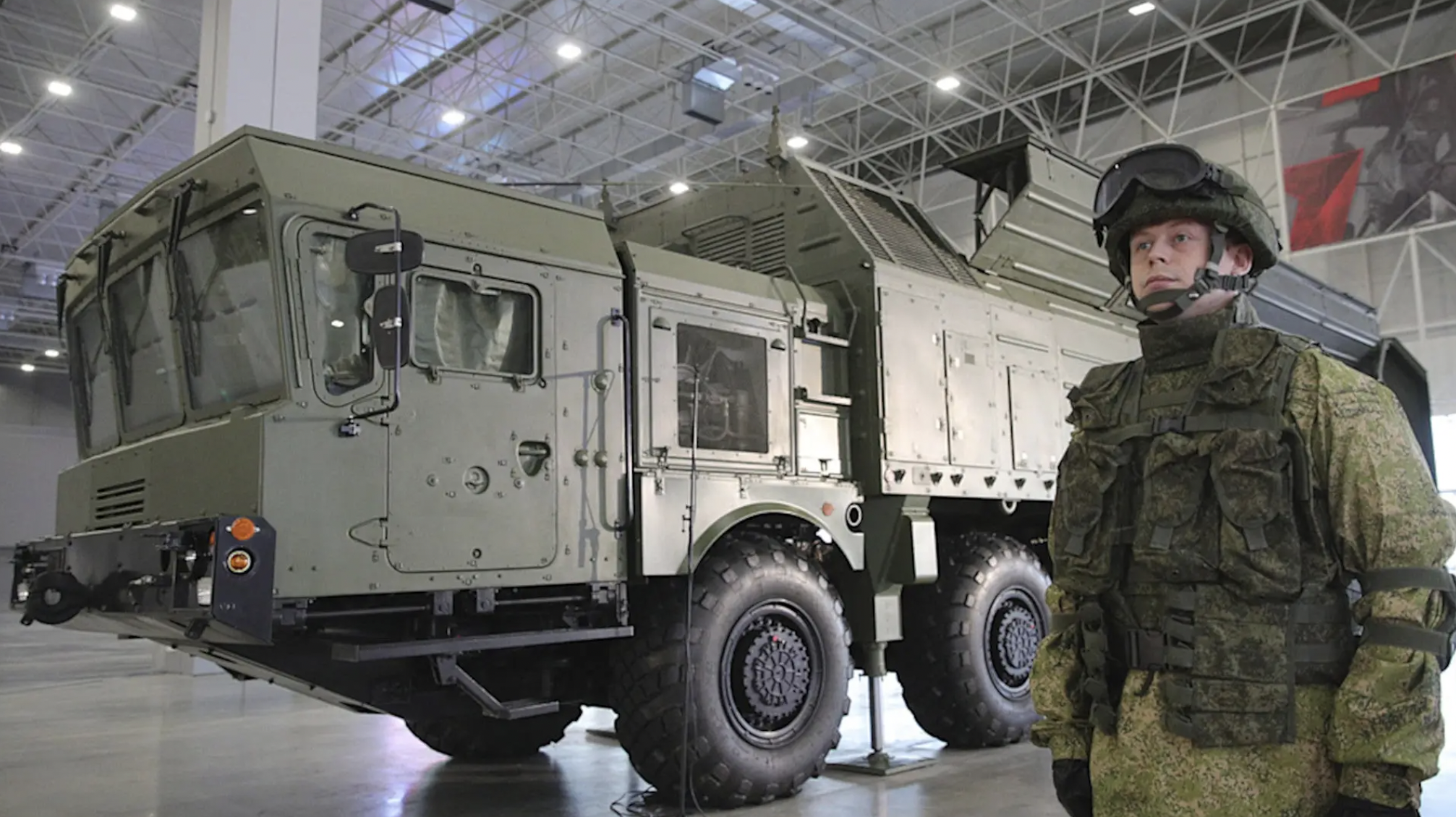
Wigston’s vision included relocating Typhoons in four-aircraft detachments, on up to 12 bases, for improved protection against potential airstrike or missile attacks. Once there, the ‘fighting fours’ would be provided with forward arming and refueling points (FARPs) while troops from the RAF Regiment would ensure force protection.
Under Exercise Agile Stance, it was said that RAF fighters will receive ‘no-notice’ orders to deploy to alternative locations, including civilian airfields and “other improvised locations.” However, it seems that these maneuvers have not been conducted so far. Moreover, it’s not clear if Air Marshal Smyth’s plans for highway operations are related to Agile Stance or not.
Clearly, however, there is growing concern within the RAF, and other NATO air forces, that a dwindling number of fighter bases combined with ever-more complex support infrastructure, especially in the case of the F-35, leaves these air forces highly vulnerable to a surprise attack from Russia, or another aggressor.
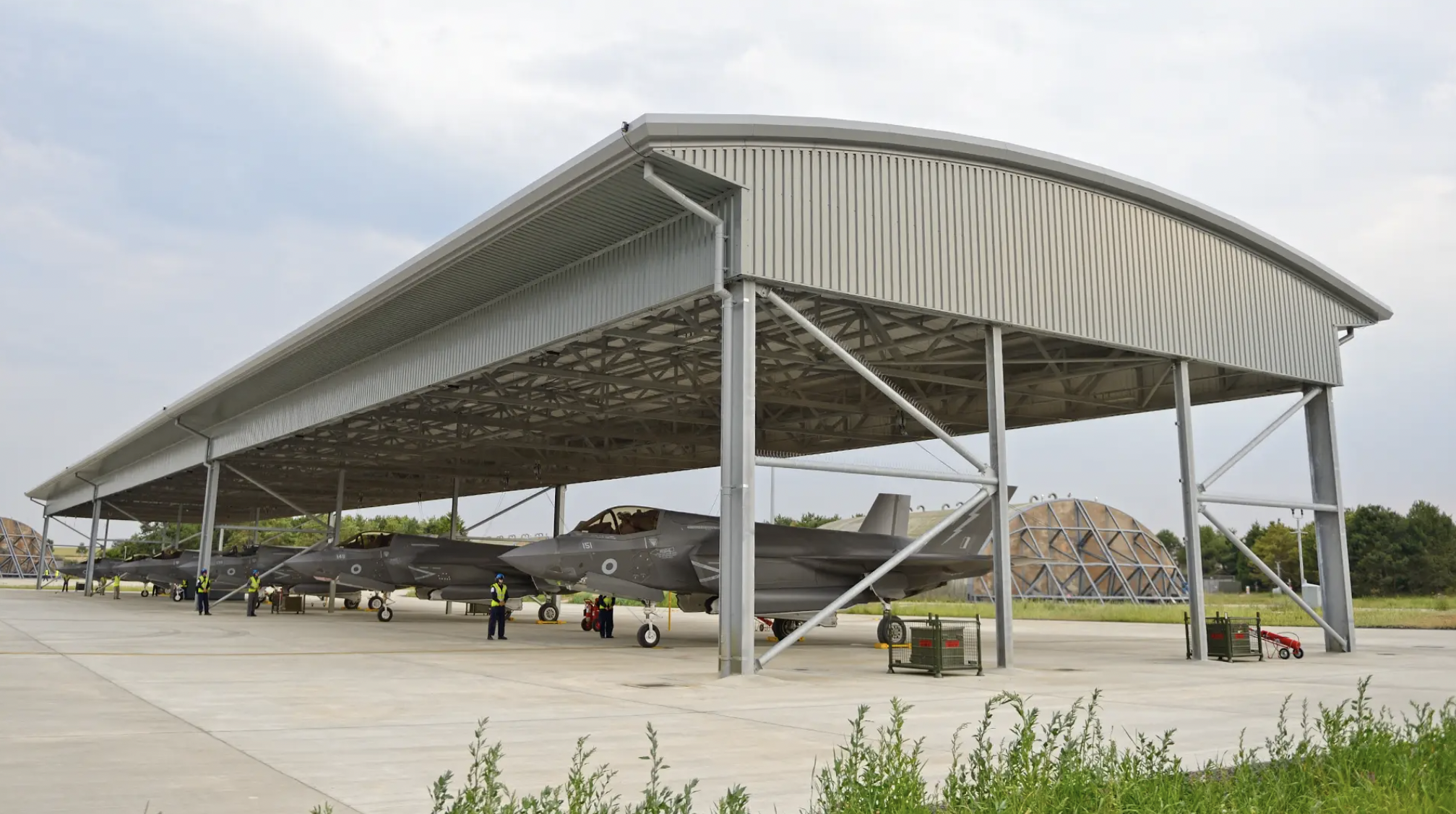
That Moscow, in particular, is seen as the overarching threat in Europe has been made clear by U.K. officials and defense top-brass on many occasions in the past.
The U.K. Secretary of State for Defense Ben Wallace has previously described Russia as the United Kingdom’s “number one adversary threat,” pointing specifically to the Russian Navy’s expanding maritime capabilities.

As for highway operations in Finland, these shouldn’t pose too much of a challenge, bearing in mind the well-established infrastructure there and the level of experience that can be called upon in the Finnish Air Force. RAF Typhoons have also regularly deployed to airbases in other countries, while a ‘hot pit’ refueling capability was tested for the first time in Norway, in 2021. This was part of a proof-of-concept exercise to test the ability of the jet to operate from a dispersed location.
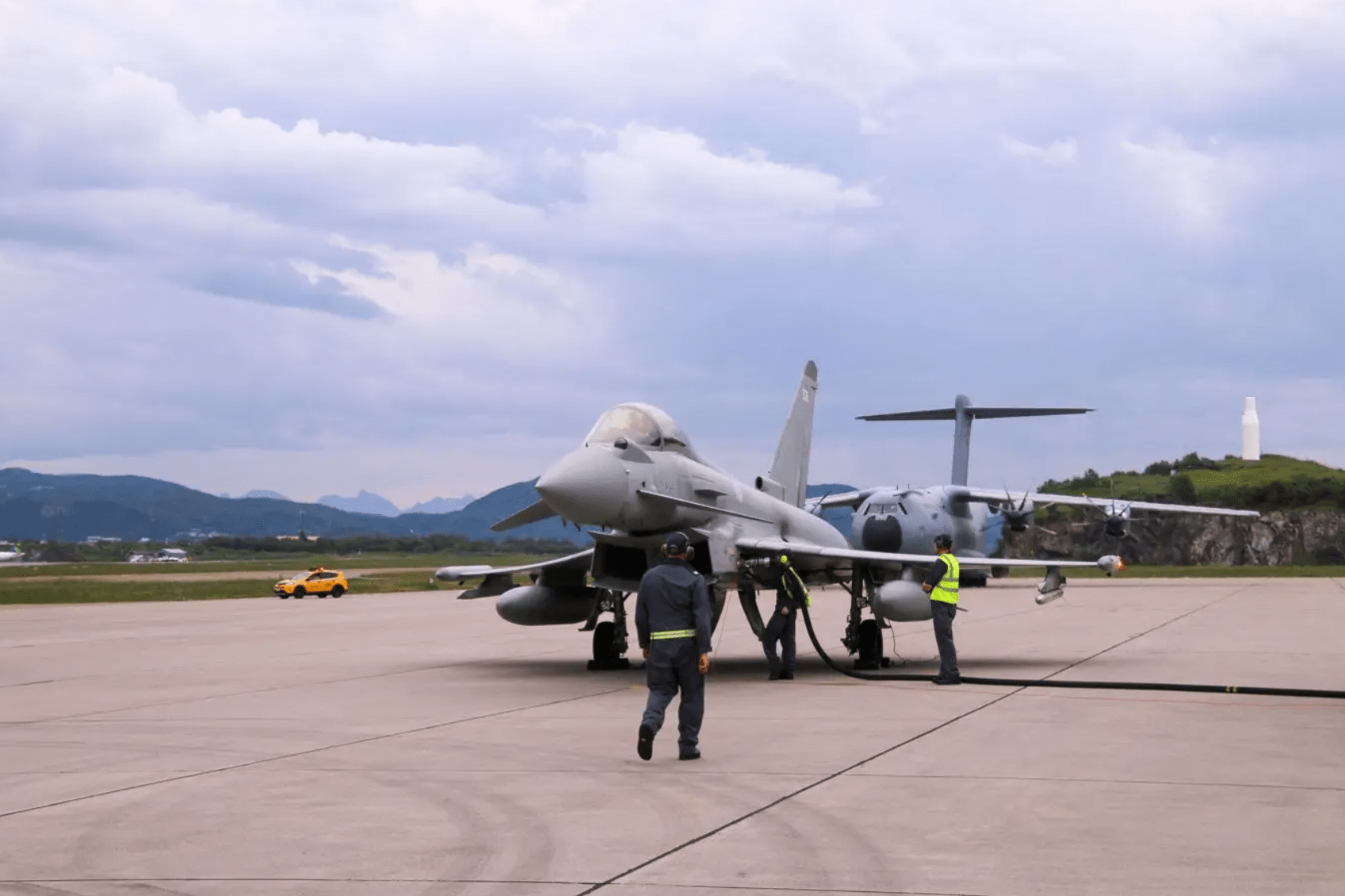
Potentially a lot more complicated is operating F-35Bs from highway strips in the United Kingdom.
Not only is the U.K. highway network notably busy, across much of the country, but any chosen strip would require considerable preparation. Just to start with, this would involve removing roadside furniture — lighting, crash barriers, central reservations — before closing off the relevant portion and redirecting traffic.
This is something that the RAF has not done since the Cold War when there were a handful of demonstrations using British highways. However, the famous deployment of Jaguar strike/attack jets on the M55 motorway in 1975 was made much easier by the relevant highway being unopened at the time. It was also located very close to manufacturer BAe’s flight-test facility at Warton in Lancashire.

Cold War-era NATO tactical jets did make more frequent use of highway strips in West Germany, although here they benefited from roads some of which were designed to accommodate aircraft operations from the outset.
Then there is the question of force protection, which would be a critical component of highway operations in any time of conflict. Since the end of the Cold War, the U.K. Armed Forces’ short-range air defense (SHORAD) capability has been severely hollowed out, and the RAF gave up its organic air defense capability in 2019 when its Joint Ground Based Air Defense (GBAD) command was transferred to the British Army.
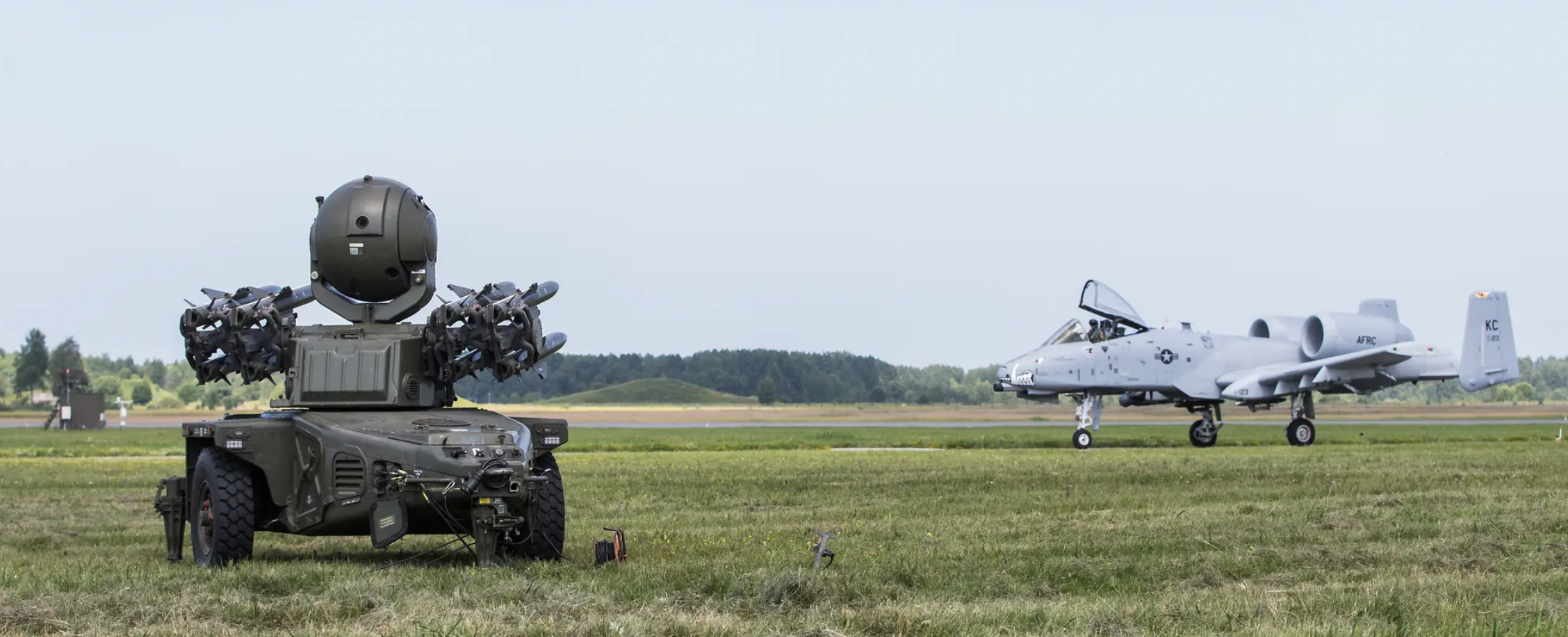
More broadly, however, the ability to disperse jets and operate in a more expeditionary way is something that is of growing interest to air forces not only in Europe but around the world, with the Asia Pacific theater being another area where it has particular relevance, bearing in mind the potential Chinese threat and the vulnerability of traditional airbases, especially to ballistic missile attacks. With that very much in mind, the U.S. military has increasingly been taking its tactical aircraft out onto the highway, too, even in the United States itself.
The F-35B, specifically, has been tested by the U.S. Marine Corps in a variety of dispersed and expeditionary operational concepts, something you can read about in detail here. Italy, another operator of the F-35B, has also tested its jets from austere bases, although the RAF has been slower on the uptake. Much of this has to do with the demands of keeping the F-35B force ready to deploy aboard the Royal Navy’s two Queen Elizabeth class aircraft carriers.

But with only a single RAF F-35B operating location on land, and no plans for further bases in the future, the aircraft’s STOVL capability could mean the difference between life and death in a wartime scenario, provided that the aircraft can be dispersed in a timely way and then continue to operate without the extensive support infrastructure that they otherwise enjoy.
All this becomes even more important considering that the United Kingdom is likely to acquire a smaller number of F-35Bs than the 138 originally planned. The U.K. government has committed to buying 48 of the stealth jets by the end of 2025 and last year funding was secured for another 26 after that date. Prior to that, there had been reports that a full 90 aircraft could be cut from the total buy. As the U.K. Ministry of Defense continues to grapple with tight budgets, there is no guarantee that the 138-aircraft total will be reached, especially with the commitment to funding the Tempest future stealth fighter. The new combat aircraft is planned to replace the Typhoon by 2035.
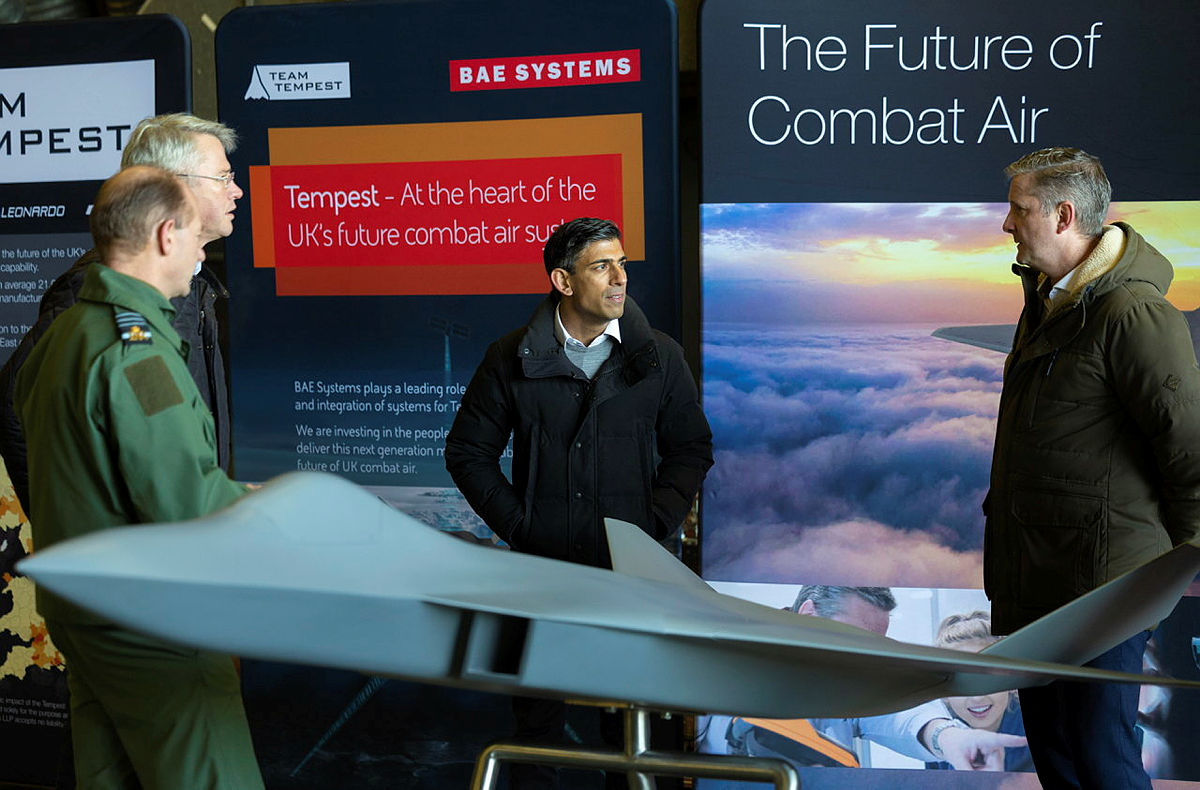
On the positive side, operating the F-35B version of the Joint Strike Fighter means that only a fraction of the length of the runway is required compared with a conventional fighter. That in turn hugely complicates the enemy’s ability to surveil and target even potential operating areas, which offers a significant advantage.
If highway and other dispersed operations do become more regular for RAF F-35Bs, there will be a very interesting parallel with the Cold War RAF Harrier fleet, in which dispersed airfields were key to its wartime concept of operations. However, the Harrier was a much simpler jet, optimized for austere environments, and the complex and expensive F-35B brings with it far more demanding in terms of support and maintenance. The requirement to install aluminum mats for the F-35B to operate from is a significant burden in itself, in terms of time, personnel, and material and it’s questionable to what degree that could be carried out in times of war.
Ultimately, the F-35B may never be able to conduct dispersed operations in the more sustained way that the Harrier could. On the other hand, the dispersal of jets remains a very useful tool that we can expect the RAF, and other air forces, to practice more in the future.
Contact the author: thomas@thedrive.com
